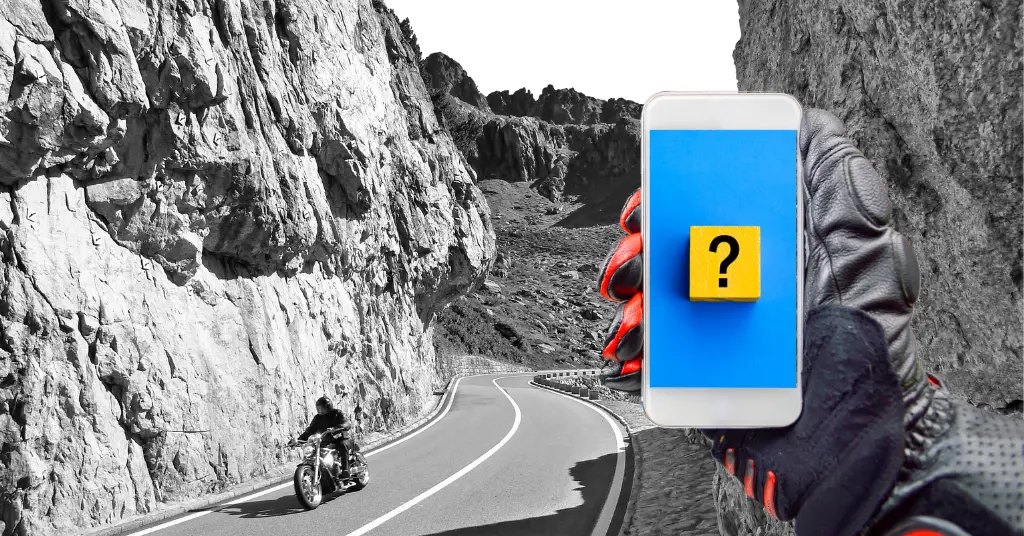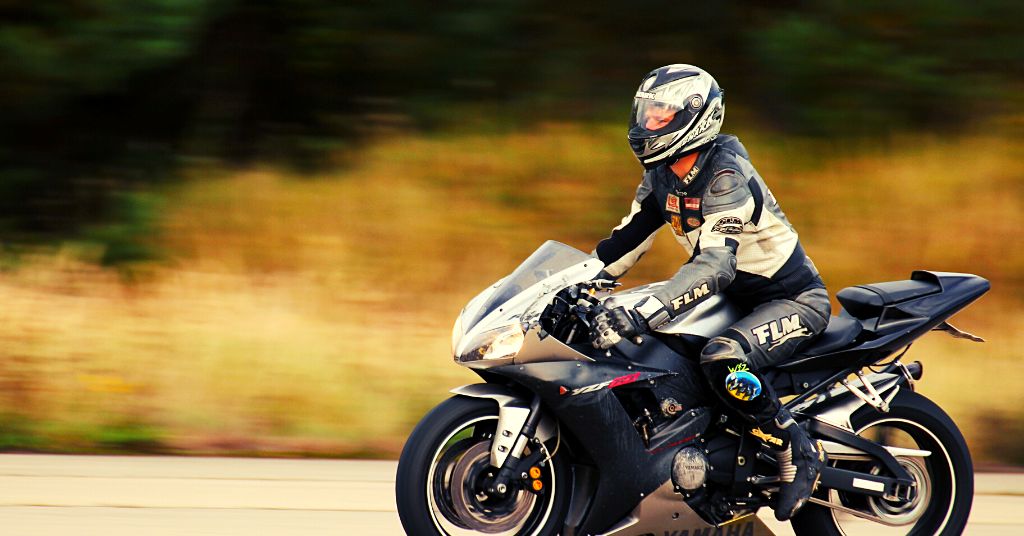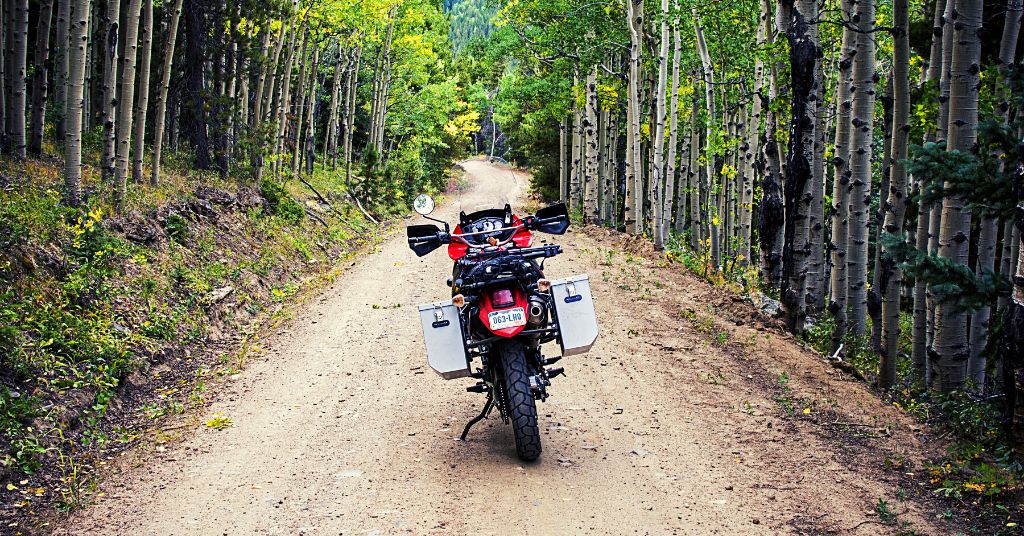
HOW TO RIDE A MOTORCYCLE
WITH A PASSENGER
How to ride a motorcycle with a passenger
For those of us who don’t want to ride or are more interested in just sitting back, relaxing, and enjoying the ride, the passenger or pillion seat is the best place to be. Those of us who want to ride a motorcycle and share the fun and enjoyment with the passenger while doing so might prefer the front seat. Riding with a passenger is not the same as riding solo. When you are riding solo, all you need to focus is mainly on balance and control. If you are riding with a passenger, the weight on the bike changes and it causes the center of gravity to change. This in turn makes you change the way you handle your bike. All of a sudden, you are needed to exhibit different skills you know about motorcycle riding.
Here are a few pointers you can take to make sure a smooth and safe ride for you and the passenger. Not to forget, when you are riding with someone, they are putting their life in your hands.
Gear up as a team
Your pillion rider should use the protective gear of a similar quality as you. If they are not wearing a helmet, jacket, or any protective gear, and god forbid you to get into an accident; you might walk away without a scratch while your passenger might have to pay a heavy price just to sit behind you on a motorcycle. When you think about all the adventurers when riding together, you need to think about the risks and safety together too.
Start with a small briefing
It is always recommended to have a briefing with your bike partner. If it is the very first time you are taking a ride with a passenger, it would be great for you if your riding companion is an experienced motorcyclist. Knowing that the pillion knows a thing or two about riding safely with a passenger behind, will certainly give your confidence a boost. Moreover, during the initial part of the ride when you are still learning your way to ride with a pillion, they can anticipate the way you ride and support you better than an inexperienced pillion rider.
Hand signals or taps are better than calling out if you want to communicate while riding. There will be instances when they want you to pull over for different reasons. Having 2 variations of hand signals is more than enough to start with. One could be to get down and the other to slow down. A Helmet-to-helmet intercom system is another great way to communicate when riding, especially on longer tours.
If the passenger is not a rider themselves, you should brief the passenger to keep their feet on the footpegs or floorboards at all times instead of hanging them in the air, touching the ground, or touching anywhere else on the motorcycle. Brief them about sitting close to you and hanging on to you by the waist tightly as it would make it easier for you to steer the motorcycle. Once you get a bit of experience you can have the pillion hold on to seat grips if available. Such a briefing significantly eradicates the chances of an accident or injury.
Master the turns
When you start learning to ride a motorcycle, ‘the last hurdle’ as you would call it is the turning. With a passenger sitting behind you, turning becomes even more difficult. To safely navigate and control your motorcycle while turning you can consider adding a few skills to your skillset and a few more pointers for your passenger.
For instance, when you turn left, an inexperienced pillion would tend to lean towards the right due to the nature of gravity. This makes it difficult for you to corner the bike safely. Instructing the pillion to keep their eyes on the back of your helmet might certainly help to keep both your bodies in line while cornering. The pillion can even keep looking over your shoulder to know which way you are going to turn and adjust accordingly.
Brake like a pro
When you know how to stop a bike while riding solo is great, but when riding with a passenger, it is not that simple. With the extra weight on top, the motorcycle might need a little more distance, time, and effort to brake. Immediate braking is not recommended if you’re a beginner. When stopping the bike, you should immediately put your foot down to find balance for your stationery motorcycle.
Some pillion riders might want to do the same by nature, as they might tend to find supportive balance too. You can make this clear with the pillion that they don’t need to put their feet down unless they want to get off the bike, and that too after letting you know. The reason for this is that it could disturb the balance of the motorcycle immediately, and if you are about the start the motorbike again just after stopping, the pillions grounded foot can cause a lot of misbalance if not pulled back up at the right time.
Make sure there is clear communication when pulling over, as well as getting on or off the bike. There should be no sudden movements from you or the pillion whatsoever.
Important tips to remember
Some important tips to remember while riding with a passenger:
- Avoid going fast and leaning too much on angles.
- Developing comprehensive cornering skills first may be very useful to ensure safety and comfort for both you and the passenger.
- Brief your pillion and define a clear communication strategy.
- Make sure the passenger is following all the safety procedures and instructions.
- Strong wind can affect your riding, so be prepared to encounter any weather conditions.
- Do not make any sudden movements and ask the pillion as well. Sudden movements can disrupt your balance and cause safety concerns.
All in all, keep it slow, simple, and safe. Having said that, enjoy the fun of riding together and share the experience with as many people as possible and let them become a part of motorcycling as well. Ride safe!
What else can support me to increase my motorcycle safety?
Motobit can support you to ride more safely by warning you of fixed dangers such as dangerous bends, damaged roads, and much more, as well as bends that are taken a little too recklessly. The curve assistant as we call it can be key, especially if you are exploring new and unknown areas.
So make sure you not only take care when riding with a friend but also that Motobit is installed and active on your smartphone before setting off on your next tour. If you have not installed Motobit already, get it now for free!










